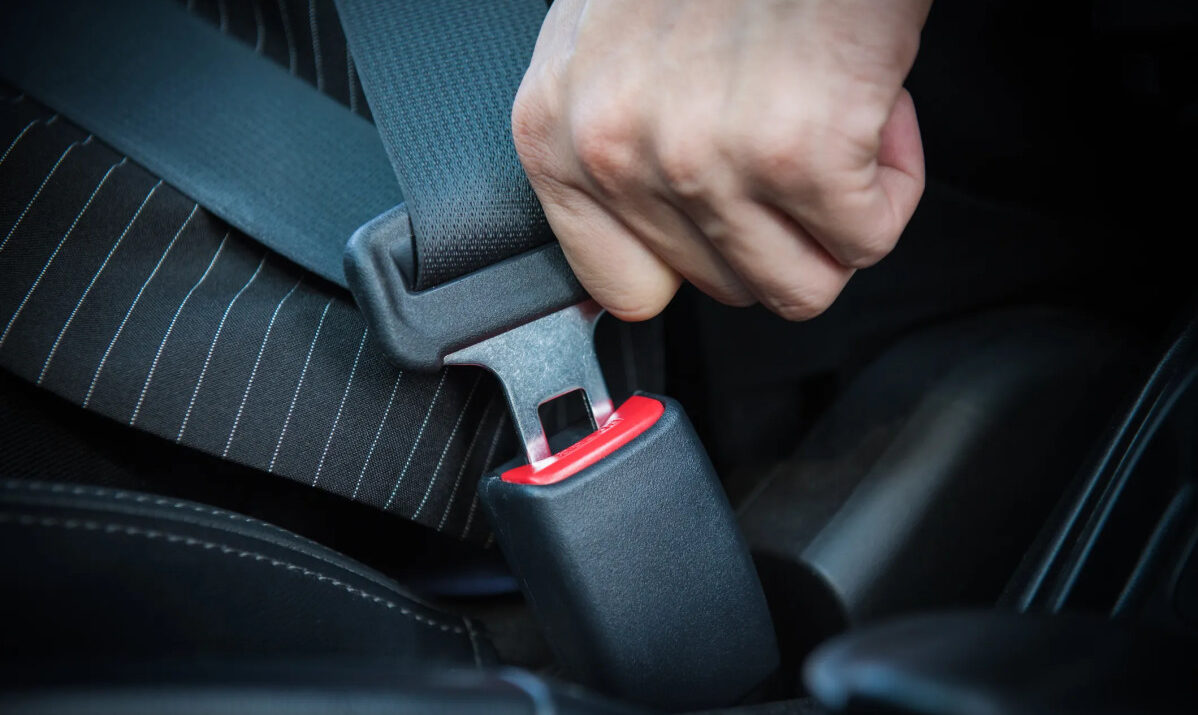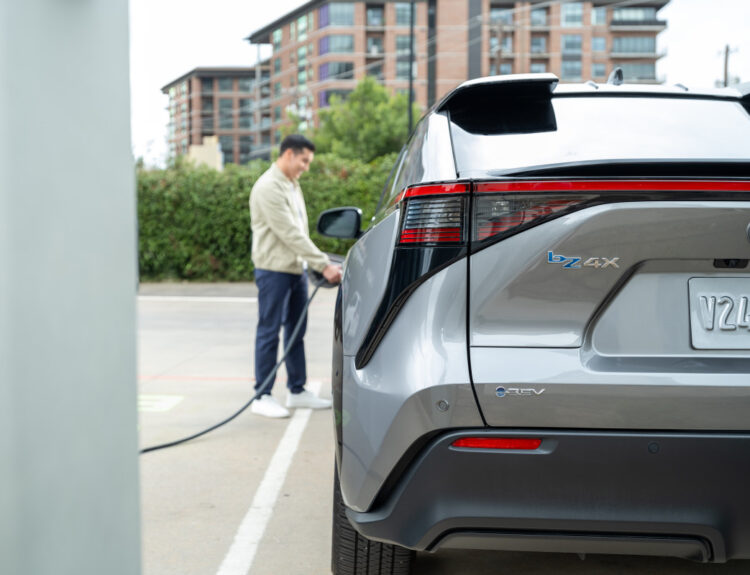The Department of Transportation has implemented a groundbreaking federal mandate aimed at enhancing seatbelt compliance among passengers. According to a recent announcement, new vehicles and light trucks will soon be required to notify drivers when rear-seat occupants neglect to fasten their seatbelts.
“Wearing a seatbelt is one of the simplest yet most effective measures to mitigate injury and fatalities in the event of a vehicular accident,” remarked Adam Raviv, Chief Counsel for the National Highway Traffic Safety Administration (NHTSA). “Although we have witnessed significant advancements in seatbelt usage over the years, there remain critical opportunities to bolster compliance. These new regulations are designed to increase seatbelt usage, particularly among rear-seat passengers, by intensifying reminders for all vehicle occupants to buckle up.”
### Revamping Seatbelt Regulations
The original seatbelt legislation, known as Federal Motor Vehicle Safety Standard No. 208—commonly referred to as “Occupant Crash Protection”—has been revised with the objective of substantially boosting seatbelt utilization and curtailing fatalities resulting from accidents. Under the new guidelines, enhanced alerts will not only target rear-seat passengers but will also apply to those seated in the front rows.
Data from the NHTSA’s Fatality Analysis Reporting System indicates that approximately 50% of vehicle occupants who lost their lives in crashes in 2022 were unrestrained by seatbelts. Front-seat passengers recorded an impressive 92% wear rate, while rear-seat usage lagged at 82%. It is projected that the updated regulations could prevent over 500 injuries and save approximately 50 lives annually.
### Existing Technologies on the Horizon
While manufacturers have several years to integrate these requirements, many new vehicles already include this technology. Advanced sensors determine if sufficient weight is present on seats and subsequently alert the driver through visual or auditory signals, or both. One driving factor behind this initiative is the need to protect pets and young children left in vehicles during sweltering summer weather.
In addition to bolstering seatbelt enforcement, the NHTSA has enacted various safety initiatives aimed at reducing traffic fatalities. A notable requirement mandates that all new passenger cars and light trucks be equipped with automatic emergency braking systems by 2029. Furthermore, updates to the agency’s 5-Star Safety Rating system, also known as the New Car Assessment Program, now incorporate assessments of emerging driver-assistance technologies and pedestrian safety features.
### Concluding Observations
These enhanced seatbelt notification regulations will be enforced starting September 1, 2026, for front-row occupants and September 1, 2027, for those seated in the rear. It is somewhat disheartening that legislation must be enacted to encourage such a fundamental safety practice. As Adam Raviv pointedly noted, buckling up represents one of the easiest means to significantly improve survival rates in automotive accidents. The question remains: what valid rationale exists for choosing not to buckle up?
Source:www.autoblog.com






